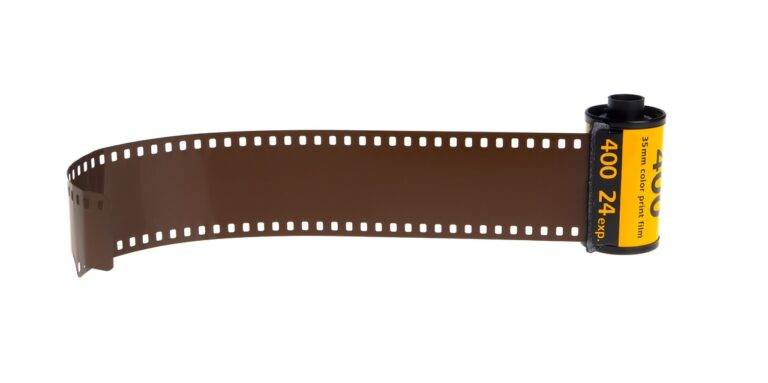The Role of Tech in Wildlife Preservation and Conservation
Drones have emerged as invaluable tools in the field of wildlife conservation. These unmanned aerial vehicles provide researchers and conservationists with a bird’s eye view of remote and inaccessible habitats, allowing for more efficient monitoring of wildlife populations. By equipping drones with high-resolution cameras and thermal imaging technology, conservationists can gather crucial data on animal behavior, habitat usage, and population trends.
Furthermore, drones have proven to be instrumental in protecting endangered species from poaching and illegal activities. With the ability to cover large areas quickly and discreetly, drones can detect and deter potential threats to wildlife, ultimately enhancing conservation efforts. The timely and accurate information provided by drones enables conservationists to respond swiftly to incidents and implement appropriate measures to safeguard vulnerable species.
Advancements in GPS Tracking for Animal Conservation
GPS tracking technology has revolutionized the field of animal conservation by providing researchers with valuable data on the movements and behaviors of various species. By attaching GPS collars or tags to animals, scientists can track their habitats, migration patterns, and interactions with their environment in real-time.
This technology has enabled conservationists to monitor endangered species more effectively, gather critical information for wildlife management, and implement targeted conservation strategies. The precise location data obtained through GPS tracking aids in identifying key habitats, understanding species’ behavior, and developing conservation plans that can mitigate human-wildlife conflicts.
What is the role of drones in wildlife monitoring and protection?
Drones are increasingly being used in wildlife monitoring and protection to track animal movements, detect poaching activities, and assess habitat conditions from above. They provide valuable data for conservation efforts.
What are some advancements in GPS tracking for animal conservation?
Some advancements in GPS tracking for animal conservation include smaller and more lightweight tracking devices, longer battery life, real-time tracking capabilities, and improved accuracy in location data. These advancements have significantly improved our ability to track and protect endangered species.
How does GPS tracking help in animal conservation efforts?
GPS tracking allows researchers and conservationists to monitor animal movements, study their behaviors, identify critical habitats, and track population trends. This data is crucial for making informed decisions and implementing effective conservation strategies.
Are there any challenges associated with GPS tracking for animal conservation?
Some challenges associated with GPS tracking for animal conservation include high costs, limited battery life in remote areas, data transmission issues, and potential interference with natural behaviors. However, ongoing advancements in technology are helping to overcome these challenges.





